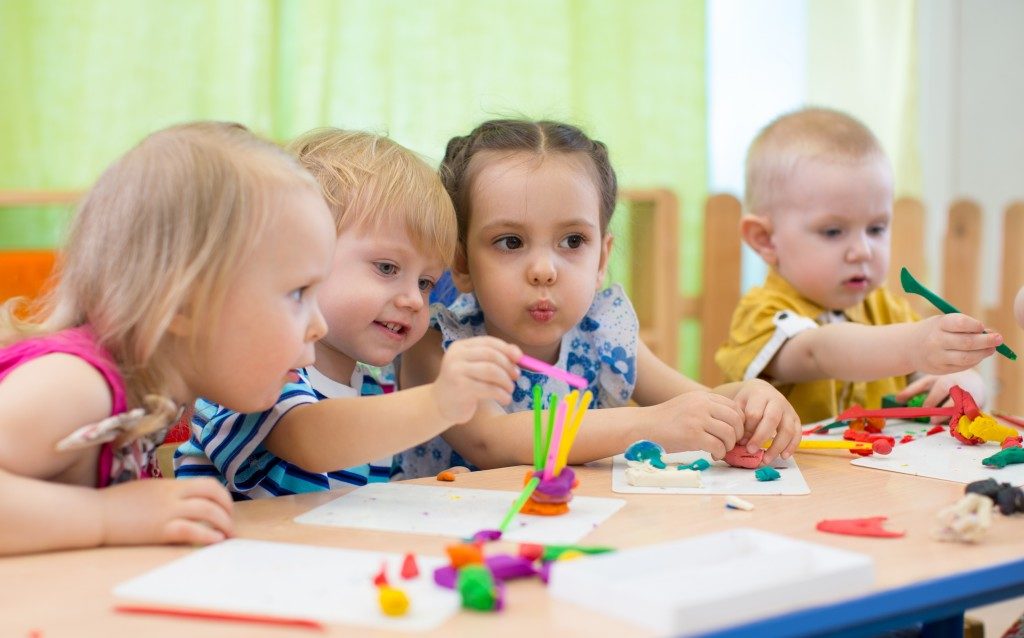Disclaimer: Miele Guide. This site provides fashion and lifestyle content for informational purposes only.
Psychologists have long viewed self-expression through art as an effective way for children to let go of negative thoughts and intense emotions that could otherwise lead to depression and anxiety. Narrative therapy has similar goals. It helps children look at their personal experiences as stories that they can control.
Scrapbooking as a therapy merges the approaches of art therapy and narrative therapy. A paper in the journal Procedia — Social and Behavioral Sciences says narrative therapy is ideal for counseling programs for children ages 9 to 12 years old. To encourage children to participate and reap the benefits of art and narrative therapies, counselors can make the activity more enjoyable through scrapbooking.
Teaching Children to Deconstruct Problems
Narrative therapy teaches patients to view their life experiences and events as stories. It teaches them to see themselves as separate from those stories — their problems — and the distance helps them look at their situation objectively.
As the “narrator” of their stories, patients undergoing narrative therapy may begin to appreciate their control over their lives. They also learn to look at themselves as “characters,” and the new perspective helps them see their goals, skills, purpose, and other identifying characteristics. As the narrator, they can then change course or “rewrite” their story, so they could be in a better place in the future.
These are broad themes that could be intimidating even to adults. For children to relate to the core principles of narrative therapy, they need to experience it through something comfortable and familiar, and scrapbooking fits the bill. Children can create their personal storybook and document key events in their young lives using their own words and illustrations.
On the surface, scrapbooking is plainly arts and crafts. Children get to be inventive with simple materials like macaroni beads, stickers, colored paper cutouts, and mermaid rubber stamps. However, on a deeper level, they can learn to distance themselves from emotions they might not yet understand. Counselors can then help children find out more about themselves and how to deal with what’s going on around them.
Integrating Art and Play
Scrapbooking also has some elements of play therapy. At its core, play therapy exposes children to real-world problems in a controlled and developmentally-appropriate setting. In playing with others, children experience what it’s like to be hurt by a playmate, for example, or how to overcome shyness and make friends. Play therapy provides a safe place where they can use their imagination and learn to cope with issues like abuse, grief, or behavioral difficulties.
Children gain a similar experience as they create scrapbooks in the context of narrative therapy. They use their creativity and imagination and practice judgment as they decide how to best show their stories on the page. More importantly, they could learn how to deal with problems as they recall experiences that make the most impact on their young minds.

Increasing Self-Esteem and Sense of Accomplishment
Finishing a scrapbook could help children feel more confident about their abilities. They could also gain a deep sense of accomplishment for having created something beautiful special. Also, as children tend to put their accomplishments on paper, the scrapbook becomes a record of their personal achievements and childhood milestones.
